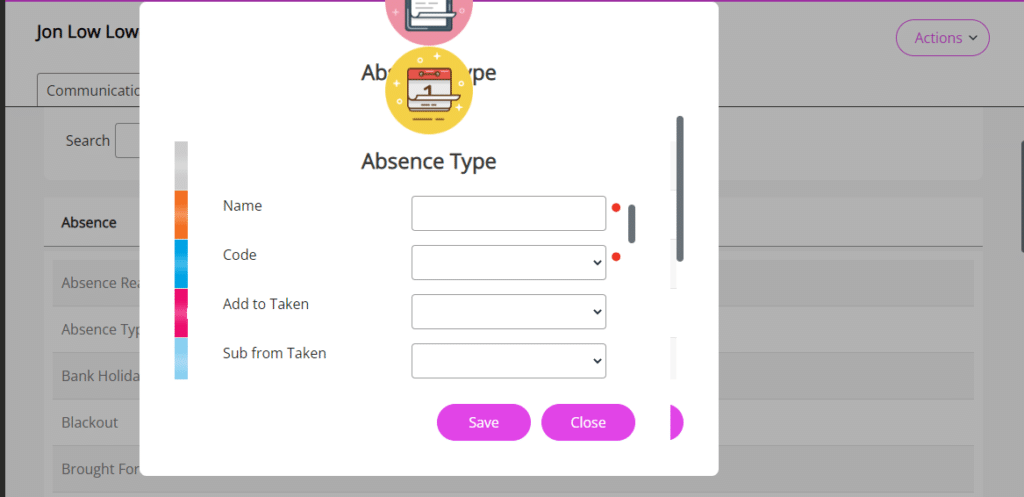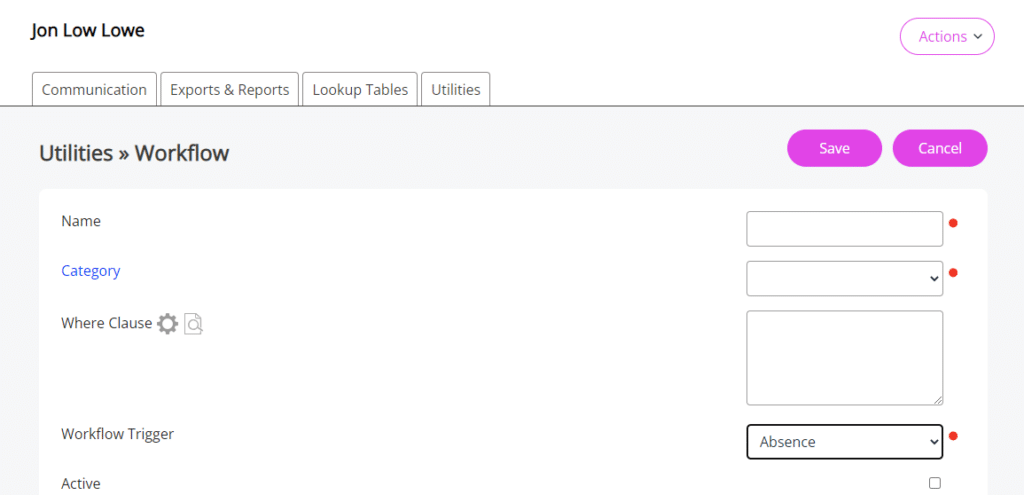A Guide to Calculating Annual Leave Pro-Rata
30th Nov '23



Time Off in Lieu, or TOIL, can become an administrative headache if left unchecked. It’s hard to regulate and is often carried out on a trust basis. However, there are strict regulations around working overtime and pay, so before you start allowing a TOIL free for all, here’s everything you need to know!
Instead of paying overtime rates, some employers will allow employees to take time off, known as time off in lieu (TOIL), instead. This can only be done through prior agreement and is often part of an employment contract or overtime policy.
Time off in lieu is commonly used by travelling salespeople, shift workers or around busy periods in office jobs. For example, where a salesperson has to travel to see a client but needs to spend an entire working day with them, they may choose to drive overnight, and bank the driving time as TOIL.
If your employee’s contract allows for TOIL, or you’ve agreed to it in writing separately with individual employees, then you will likely have:
Once time off in lieu has been agreed upon, then employees can start banking time up. The most common way to bank TOIL is to build up a day’s worth in hour combinations, then take it as you would traditional annual leave.
Some of the most common problems with TOIL are:
When it comes to tracking the time that can be taken for TOIL, it can be easy for employees to put in inaccurate timings through rounding up. For example, the difference between 15 minutes every day and 20 minutes is a big one. Time tracking software can help, but it ultimately comes down to being clear with expectations and ensuring that employees aren’t abusing the system. It’s also tricky to differentiate between normal time and actual TOIL-eligible overtime with some legacy systems.
If you have multiple employees with different TOIL requirements, keeping on top of who has banked what, and who’s off when can be tricky. This can be especially difficult when you’re combining that with annual leave or other leave types, such as compassionate leave.
If employees continue to bank TOIL without actually taking any, it can become a problem for employee wellbeing. Harvard Medical School research shows that those who regularly worked more than 55 hours a week had a 13% greater risk of a heart attack and were 33% more likely to suffer a stroke than those who worked no more than 40 hours a week. If employees are banking TOIL regularly, but not taking it, you could run into burnout and stress-related illnesses.
While managing time tracked is enough of a problem for employers and HR managers, being able to tell if the time matches with the overtime or TOIL policy you’ve created is even more of a problem. There’s always a hope that you’ll be able to trust every employee, however, that can be a problem where the occasional employee will take advantage.
Combining all leave into one calendar can be great for a single overview of when people are off, but knowing what type of leave has been taken and when makes for a tricky management process. This causes problems when somebody may try to see why someone is off work, and book time without knowing what it’s being counted against.
As well as creating a clear TOIL policy, there are a few other ways you can make managing time off in lieu easy.
1. Categorise your absence types.
From colour coding to clear labels, categorising absence types makes it much easier to see who’s off for when and what. Staffology HR allows you to add as many absence types as you want. You can both colour code and add unique identifiers to make it easy to see and report on.

2. Manage time in one place
Time tracking shouldn’t be a paper trail or stamp clock. In today’s modern world, digital systems make it much easier to be accurate and reduce manual data entry tasks. For example, Staffology HR links with Staffology Payroll to allow for smooth HR and payroll integration. This makes it one entry on one system, rather than duplicating over in a panic the day before payday.
3. Automated approval processes
Rather than having to manually approve each step every time, an automated process makes it easier to manage time off requests. It could be a process whereby you set a maximum number of hours or days allowed before manual approvals, or even just for certain employees.
Staffology HR lets you create workflows to automate manual processes, such as holiday approvals.

Our team can walk you through the platform, showing you how easy it is to manage all absence types with Staffology HR. Why not request a demo today?
Duane Jackson, February 28th, 202330th Nov '23


26th Sep '23
